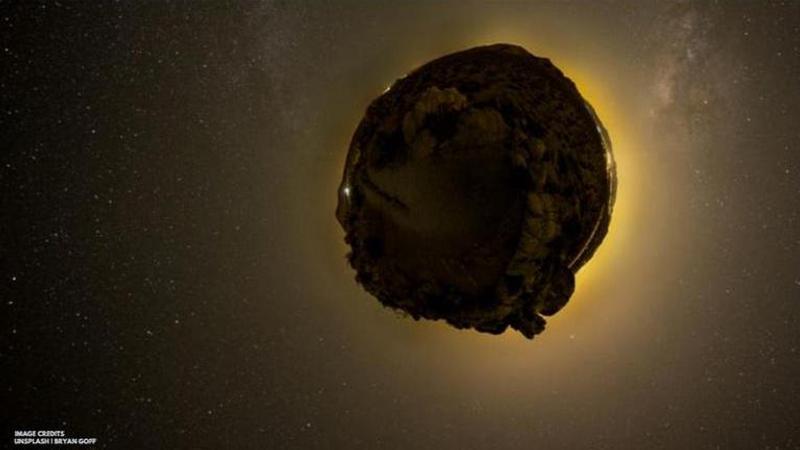Published 13:09 IST, March 9th 2020
An Asteroid twice the size of Burj Khalifa will fly past by Earth on April 29
An asteroid with a massive diameter of 1.8 km and 4.1 km is set to fly past Earth at 8.7 km per second on April 29. Continue reading to get all the details.

An asteroid with a massive size of around 1.8 km - 4.1 km will reportedlt fly past Earth on April 29, 2020, at 8.7 km per second. As per data readily available, this would be the biggest asteroid to come closest to the Earth during this year. To give people an idea, the minimum expected diameter of the space rock is going to be 1.8 km, which is more than twice the size of the highest structure on the planet, the Burj Khalifa (0.83 kilometres).
However, NASA has assured people that it is not a matter of concern as the asteroid won't strike Earth. It has revealed that the space rock will be at least 6.3 million kilometres away from the Earth on its closest approach.
Asteroid to cross path on April 29
According to data available on a site which looks into Near-Earth Objects (NEOs) for NASA, the asteroid which is known as 52768 (1998 OR2) will certainly go past Earth on April 29, although there are no details around the exact timings. The website also added that the asteroid was initially spotted during 1998 and that NASA's Jet Propulsion Laboratory's Near-Earth Asteroid Tracking (NEAT) system is being used to monitor the same.
Since NEOs are usually comets and asteroids that actually go on a trip within 50 million km of the Earth's orbit, there are categories to determine the threats they may present. As per NASA, any kind of NEOs that are bigger than 1 km are considered with utmost caution as they can potentially trigger mass destruction if they hit.
According to The National Near-Earth Object Preparedness Strategy, prepared by the US National Science and Technology Council in 2018, objects which are close to and larger than one kilometre can be destructive on a global scale. It also reveals that these can actually trigger earthquakes, tsunamis, and other secondary effects that extend far beyond the immediate impact area.
Also Read | Google Assistant Rolls Out 'Read It' Feature To Read The Entire Web Page For Android Users
Image credits: Unsplash | Bryan Goff
Updated 13:09 IST, March 9th 2020



